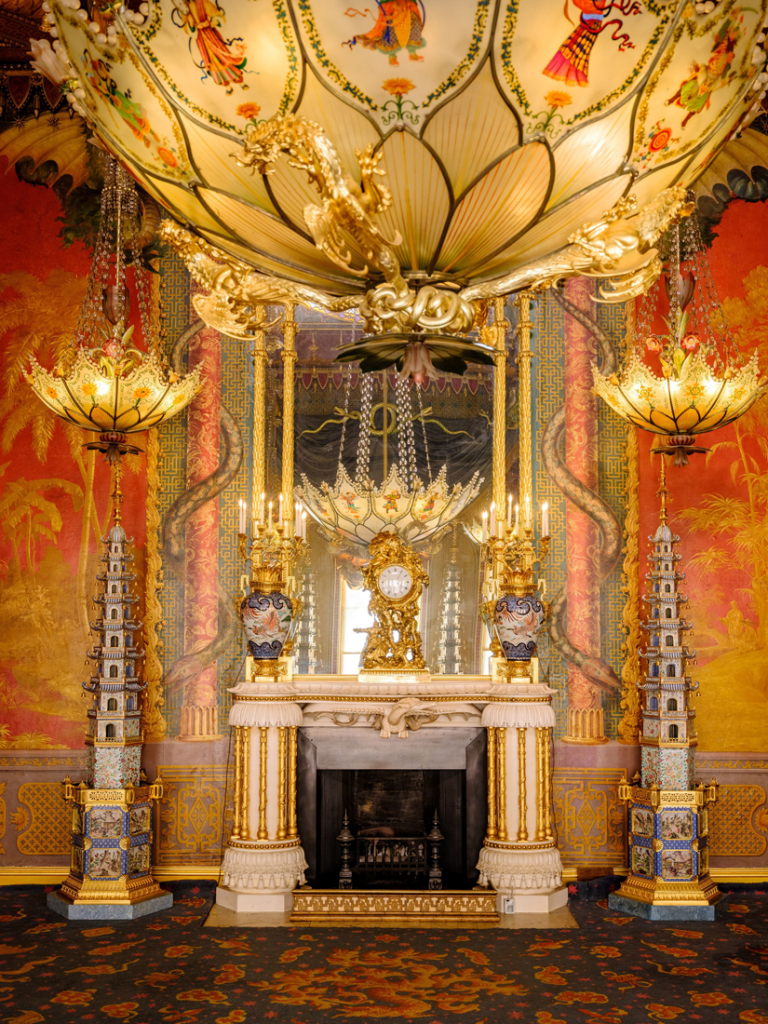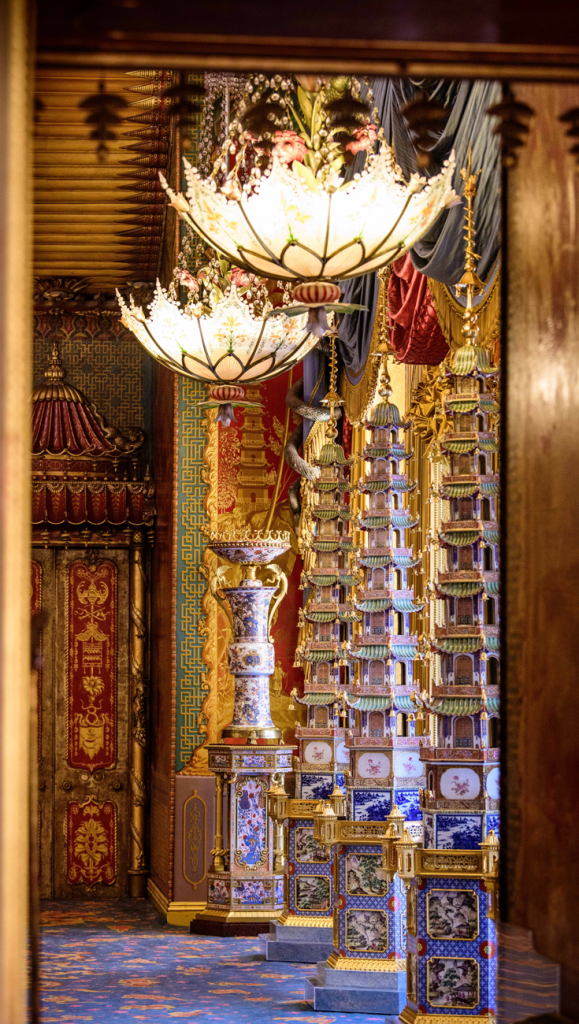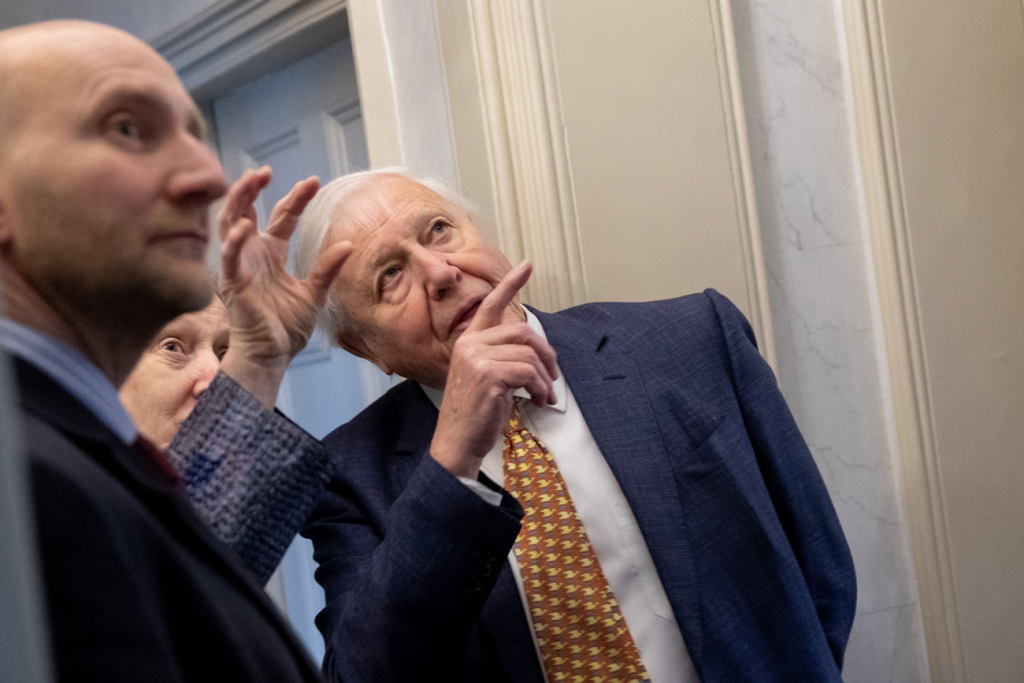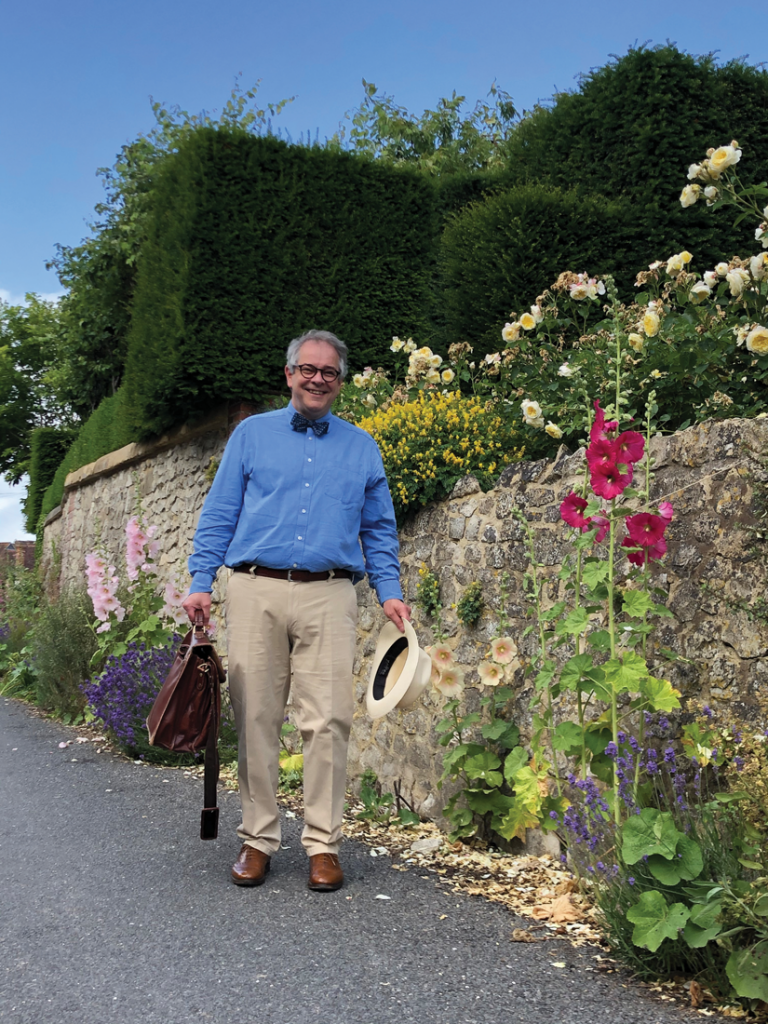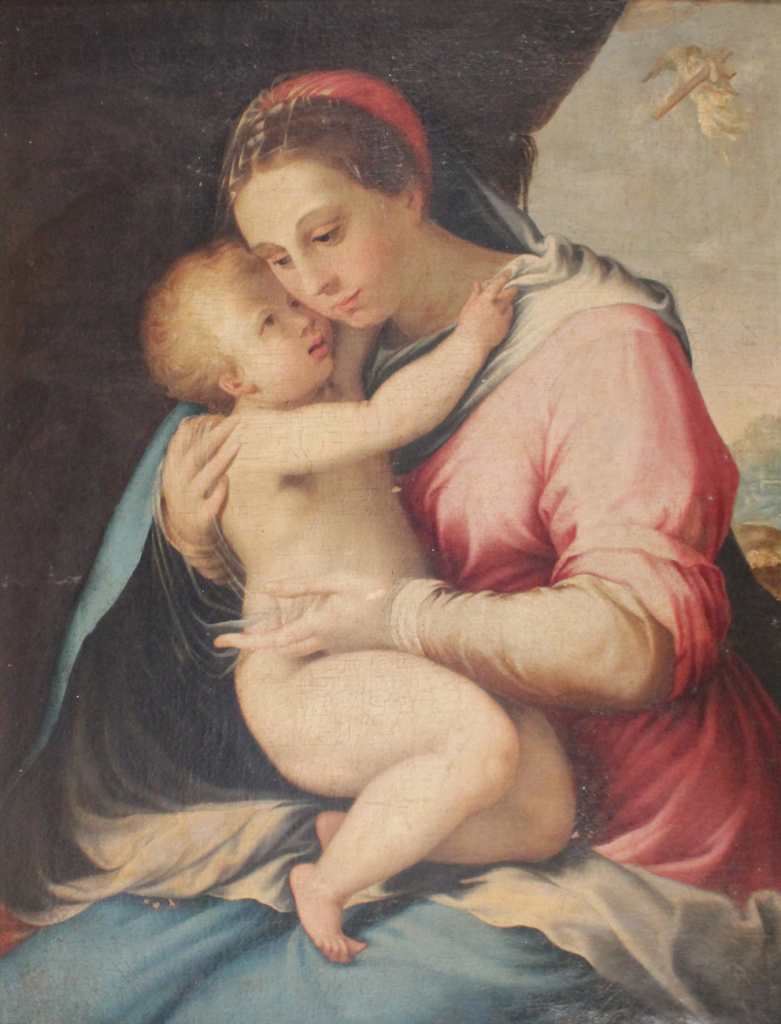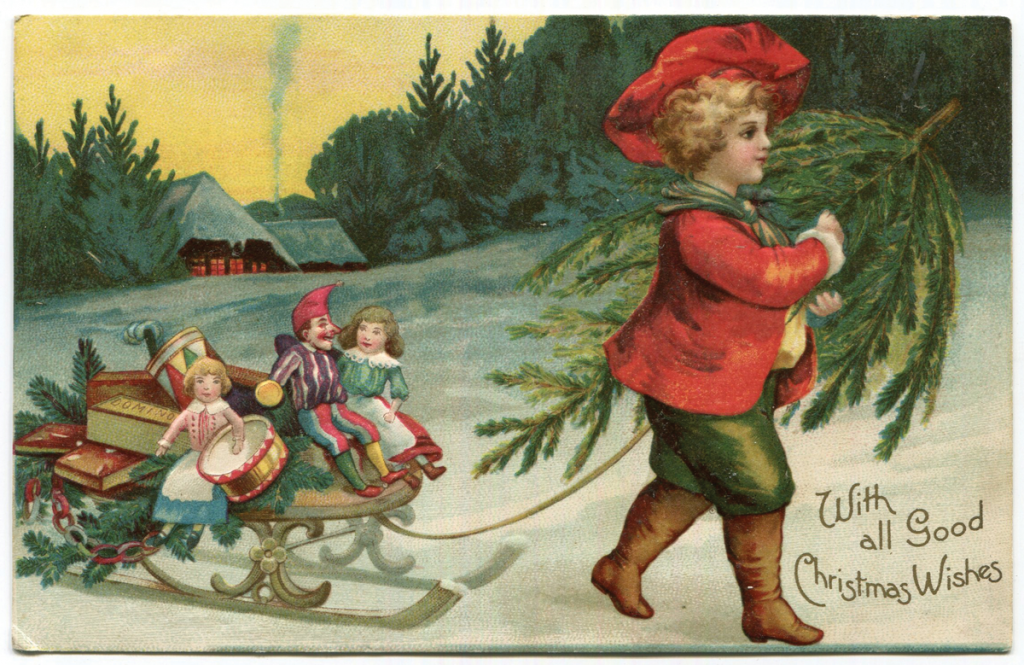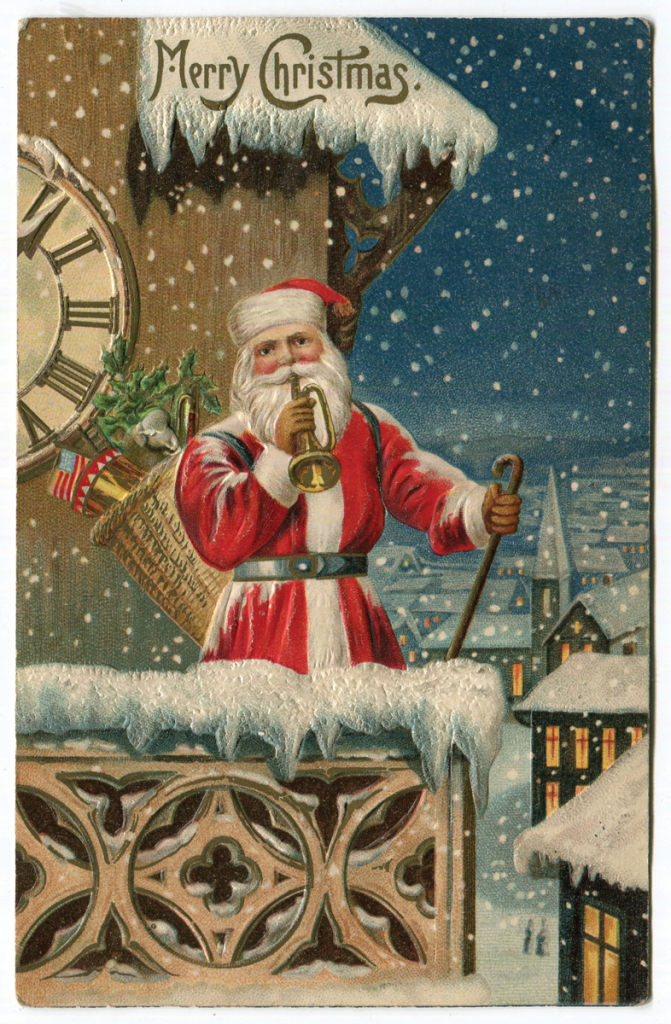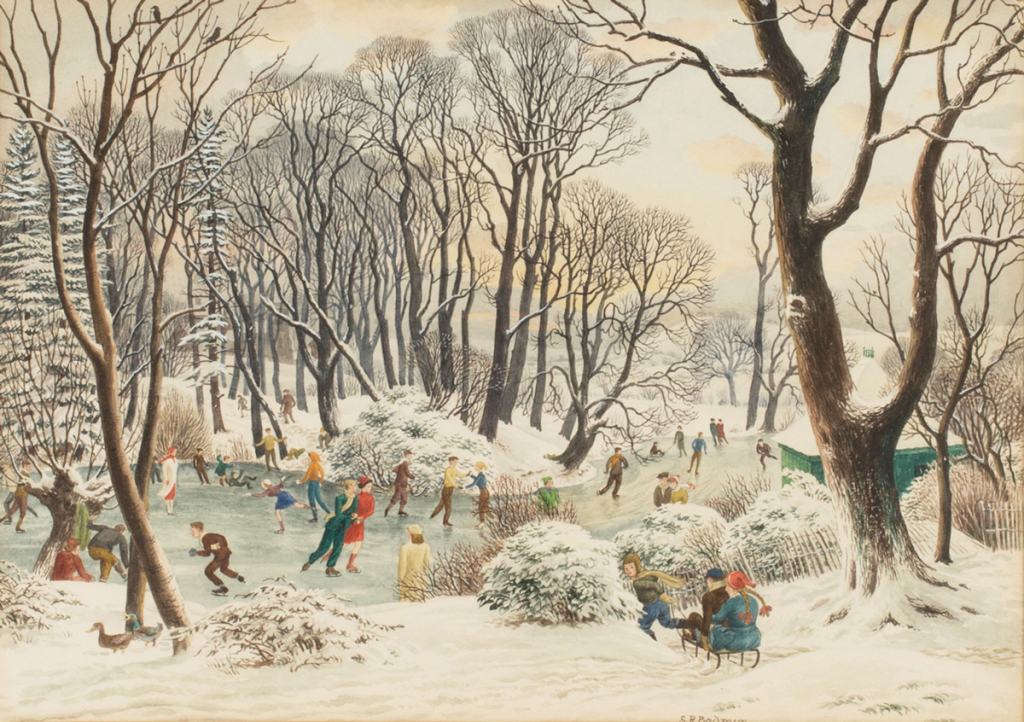
Last Wednesday I popped into McColl’s newsagents in Storrington as usual to collect my copy of the West Sussex Gazette. The ladies greeted me cheerfully “We’ve really been enjoying the snow, it’s so lovely to have something to talk about instead of Covid and Brexit.” I agreed, it would be lovely to just talk about the weather again.
As I drove to the salerooms at Washington the fields and Downs looked beautiful beneath their light dusting of snow.
The scene brought to mind two joyful winter landscapes by the Sussex watercolourist and print maker, Stanley Roy Badmin (1906-1989) which sold at Toovey’s for £1700 and £2400 respectively. Badmin moved to Bignor, Sussex in 1959 with his family and second wife Roasaline.
Born at Sydenham, Badmin trained at the Camberwell School of Arts and Crafts between 1922 and 1924, and the Royal College of Art between 1924 and 1927 where he studied painting and design. He taught and worked as an etcher, illustrator and artist. In the 1930s he was elected to the Royal Society of Painter-Etchers and Engravers, and the Royal Society of Painters in Watercolours. During the Second World War Badmin worked on Kenneth Clark’s Recording Britain project. After the war he contributed illustrations to The Shell Guide to Trees and Shrubs, and four volumes of the Shell Guides to the Counties of England.
Together with artists like John Piper and Graham Sutherland, Stanley Roy Badmin was part of a collective English re-thinking of the role of locality and place in relation to our identity from the 1930s onwards.
In both the watercolours illustrated there is beauty in Badmin’s detailed, accurate depiction of the trees and the anecdotal charm of the people.
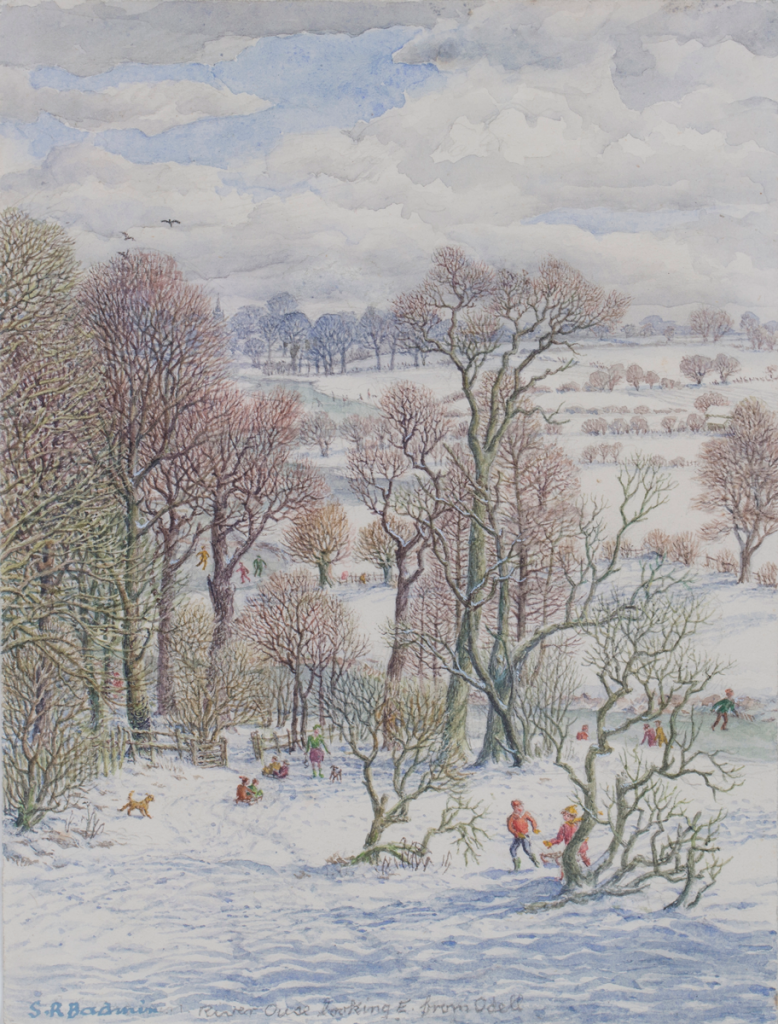
Although the first watercolour is a snow covered Yorkshire scene it reminds me of that piece of open country which ascends to the Downs to the west of Washington. Here our familiar flock of sheep is replaced by a small but happy gathering of dogs with their owners and children on toboggans.
In the playful landscape Skating on a Winter Afternoon the lyrical sweep of the frozen river emphasises the speed and movement of the skaters which is echoed in the rhythm of the trees. In the lower left hand corner a Mallard duck seems to quack in appreciation at the happy commotion of the gathering.
In line with government advice, and to keep our community safe, Toovey’s is gathering people to our Winter Season of sales online. Until the current lockdown is lifted we can no longer welcome people at the salerooms except for ‘click and collect’. But people are delighted to be able to email images for online valuations or book a home visit. I am still visiting people in their homes, in line with government guidance, to provide valuations.
Online is an incredible blessing in these times. I hope that you are able to stay safe. For now I look forward to gathering you online to Toovey’s Winter Season of sales which can be viewed at www.tooveys.com.
